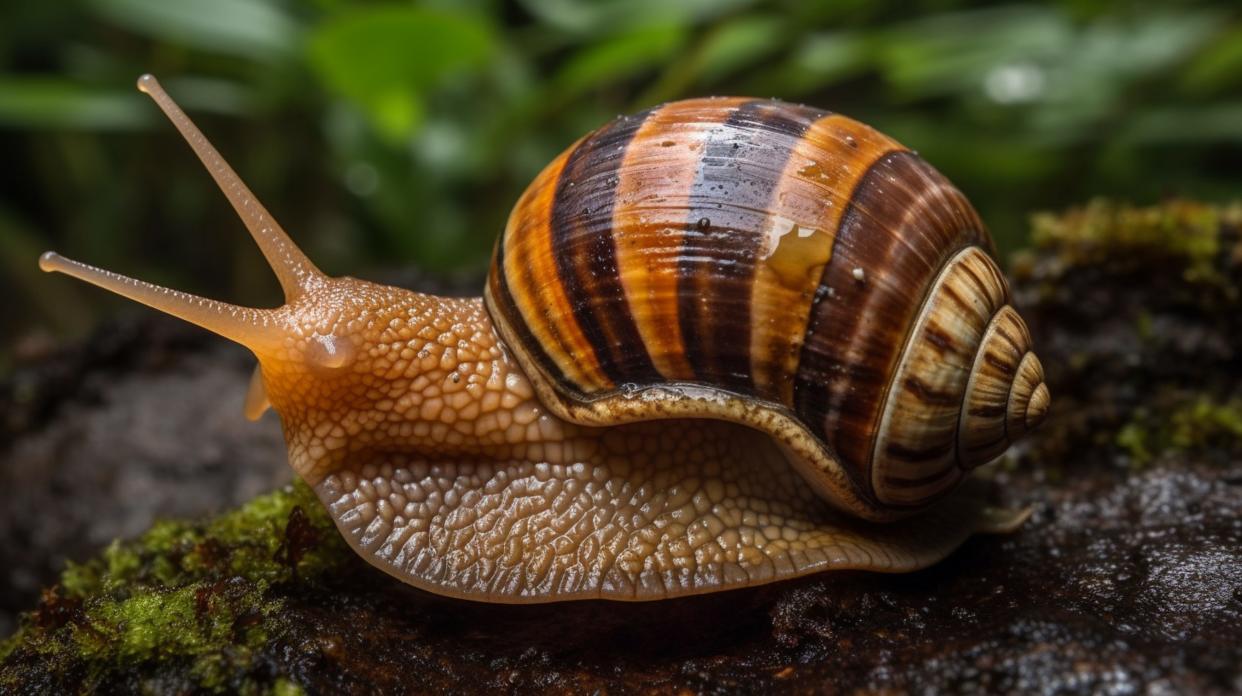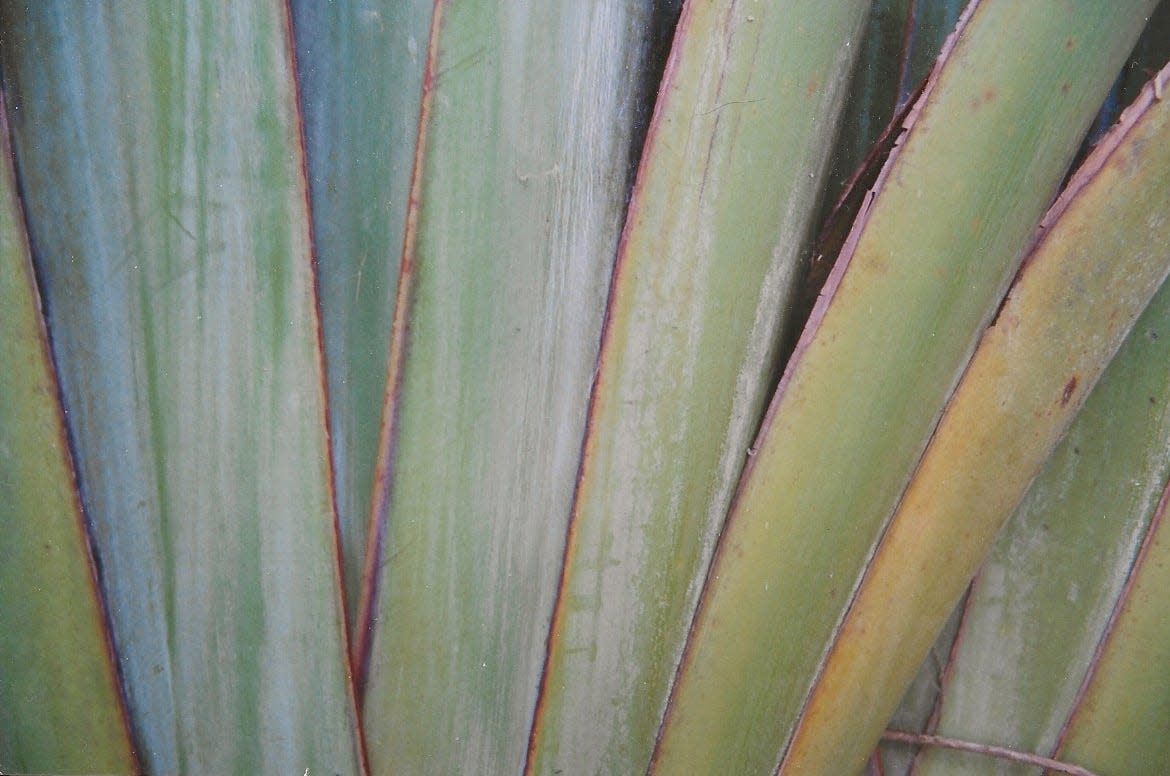Giant African land snails appear to be invading Florida again

Although "Invasion of the Killer Snails" sounds like the title of a 1950s horror film, it could just as well be a recent headline in a South Florida newspaper.
First, a bit of history: In the 1920s, plant explorer David Fairchild encountered giant land snails in Sri Lanka, where a local gardener told him they were "the greatest curse of vegetable growing here." Shortly afterward, Fairchild saw the same snail species – up to eight inches long and five inches high – sold as food for a hefty price in West African markets.
In Florida, however, the brown- and yellow-shelled snails – native to West Africa – have become a recurrent nightmare. Not only do they devour almost any kind of vegetation; the critters can harbor a parasite called rat lungworm that causes a type of meningitis in humans.
Giant African land snails first showed up in the U.S. in Miami in 1966, triggering an extensive eradication program that lasted nine years. But the ravenous snails returned to Miami in 2011, prompting a decade of eradication efforts that cost $23 million. Not surprisingly, they’re back, having been spotted last summer in nearby Pasco county, as well as more recently in Broward and Lee counties. Areas in those counties will be treated with toxic snail bait (metaldehyde) dozens of times over a lengthy period, followed by repeated surveys. In addition, sections of affected neighborhoods will be under a quarantine prohibiting the movement of plants and soil out of those zones.
But why do these giant mollusks – so potentially detrimental to Florida’s agriculture and woodlands – keep showing up? Predictably, the answer is ignorance. Not only are they imported and sold as pets (although that’s illegal), they’re deliberately brought into the U.S. by international travelers. Indeed, customs officials at Detroit Metropolitan Airport confiscated a half-dozen living snails in the luggage of someone who had just visited Ghana. Presumably they were destined for the dinner table.
If your reaction to giant land snails is "big deal," you need to reconsider. Think of the Sunshine State’s thriving nursery industry, growing and shipping everything from ferns to orchids around the world. Sales would quickly cease if even a single shipment included snails or their eggs.
Remarkably, for giant African land snails, it doesn’t take two to tango: Because each individual has both male and female reproductive organs, a single snail can wreak eventual havoc. As for eggs, a batch can contain as many as 500 of them, ready to release an insatiable horde of baby snails.
If you discover what you suspect is an invasive snail, contact your local extension service.
Plant to ponder: Traveler’s tree
Traveler’s tree, from Madagascar, can grow over 30 feet tall in full sun.

Related to bird-of-paradise plants and bananas, this cold-sensitive species (Ravenala madagascariensis) has white flowers, paddle-shaped foliage and an attractive fan-shaped base. Propagate with offsets.
This article originally appeared on The Ledger: Florida might be dealing with more Giant African land snails
